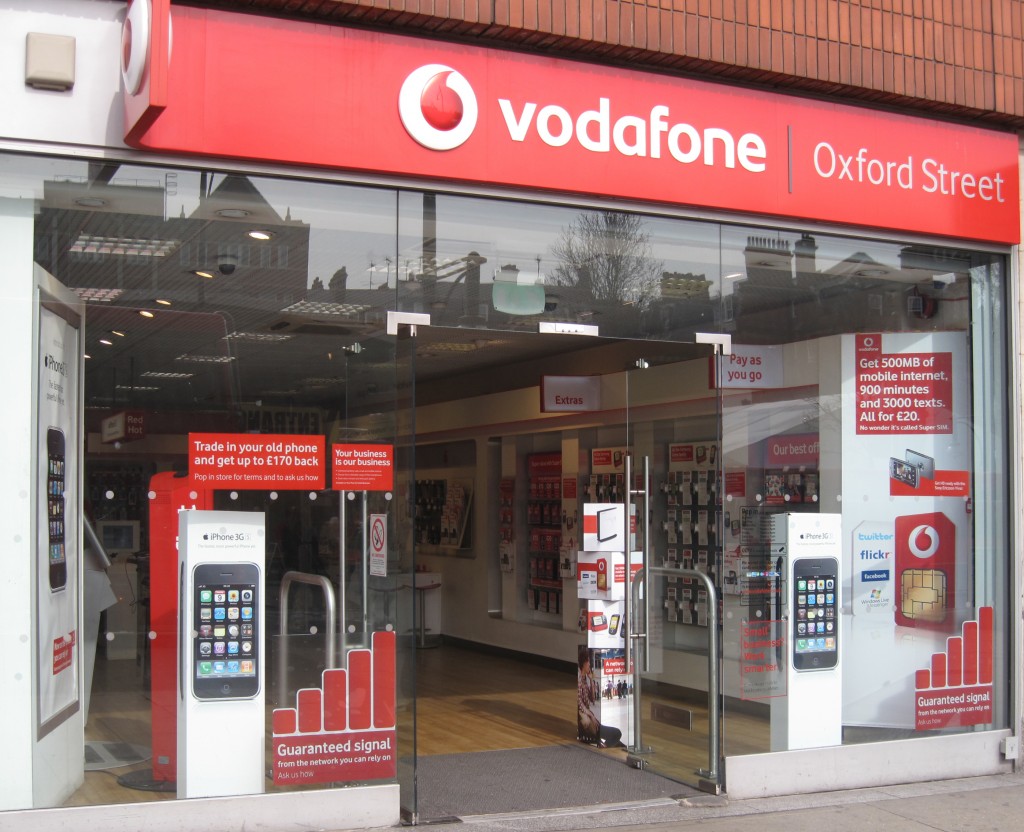Sectoral applications of IoT: Supporting the ecosystem
IoT generally describes an ecosystem rather than a specific technology. This ecosystem includes a sensor or a chipset that captures the information, a network that will carry the data generated by the connected device and a computing unit that analyses and processes the data.

Vodafone is a global leader in IoT connectivity, having more than 130m connected devices on its platform.
Networks at the centre
Devices and networks are at the centre of the ecosystem, and the data can fuel many applications. Also part of the enlarged ecosystem is the necessary security layer, to prevent the information collected to be interfered (privacy concerns) or tempered, or for malicious codes to take control of the connected equipment (think about connected hospital equipment for example).
Operators have the ambition to intervene across the value chain, from sourcing the devices and sensors, building/maintaining the network and integrating the solutions into the client’s processes including services. Competition for the services layer is more intense than for networks. Standardisation and APIs (application programming interfaces) have the effect of removing the barriers to entry. On the network side, competition exists, between operators first but also against Low-power wide-area (LPWA) networks that can support Machine to Machine and IoT devices that don’t require high data load. Sigfox is an example of an independent LPWA network operator. Major operators are part of a global alliance (LoRa) to create an ecosystem of networks (156 across the globe) to support a global standard and interoperability.
To illustrate an operator business case for IoT, HSBC would refer to Vodafone. The European operator is a global leader in IoT connectivity, having more than 130m connected devices on its platform. Most of the IoT revenue is derived from connectivity (growing 10% pa in 2021-2024), while hardware and solutions are small but growing (respectively 11% and 30%). Vodafone would help its clients from the legal and regulatory aspects, the sourcing of equipment the system integration and the go to market solution (marketing material, pricing and support). Operators can defend their position by creating verticals and leverage the process across the same industry (automotive, health etc).
5G will expand IoT opportunities
5G is the latest generation of mobile transmission that will support services such as: Enhanced mobile broadband for very high speed communications; Ultra reliable and low latency communications for autonomous vehicles, healthcare, etc; Massive machine-type communications (mMTC) supporting smart cities, smart homes, etc
Previous generations of mobile communications (2G, 3G and 4G) were able to deal with connected objects but 5G takes the Internet of Things to the next level, supporting larger volumes of transferred data. This will open a large array of opportunities when data are processed by algorithms.
HSBC would underline some key features from 5G relevant to the IoT case. The first one is about volumes. The Stand Alone version of 5G (also called Release 16, an end-to-end 5G architecture from core to access, with a cloud-native configuration) can support one million IoT devices per square km, with improved power and connectivity controls. The second characteristic is linked to Mobile Edge Compute. Mobile Edge Compute (MEC) refers to the distribution of processing power to the edge of the network, allowing for lower latency and better, more efficient processing of certain tasks in either the enterprise or for consumers. Combined with network slicing, which is the ability to offer different latency, bandwidth and priority to dozens or more of different user groups is one of the main potential benefits of 5G and could foster innovation for massive IoT.
To conclude, the telecom sector will be supporting the IoT ecosystem at least from a network point of view, leveraging the new capabilities from 5G technology. From a business case point of view, the challenge will be for operators to keep a strong foothold in the services side of the business where competition from software is sustained.








